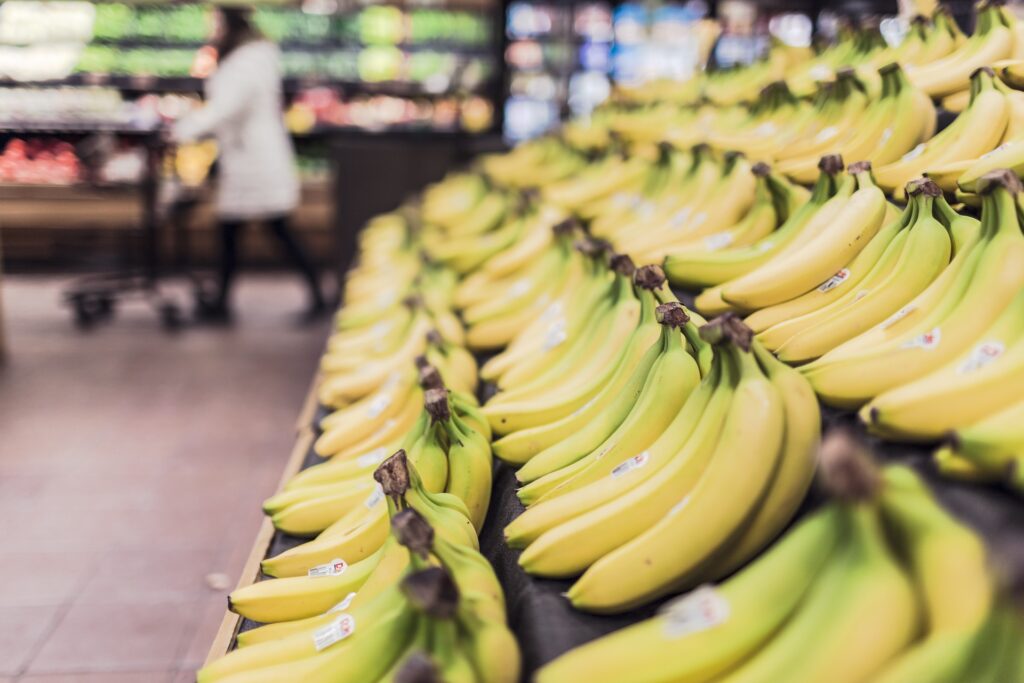
What do food waste and food insecurity have in common and why should it matter? Well, it matters because it is simply unconscionable that people in our community go hungry while we continue to waste food at record levels. What these challenges have in common is that they both share a solution.
Over the past couple of decades, consumers have enjoyed more food choice than ever, and we now have high expectations when we make those choices. In our grocery stores, we examine, handle, accept or reject foods that do not meet our “standards”. Each item is available to us blemish free, at the correct size, in specific colors with lots and lots of choice. Choice drives the market, and we have become accustomed to a wide range of on-demand variety available year-round. To meet the choice demand, the food system over produces knowing that a certain amount of “overage” is required to find the sweet spot for consumers. In some respects that approach has served the food recovery system that community organizations rely on to serve those in need. There is, however, strong evidence that our current strategies are vulnerable, and our system is approaching a tipping point that demands real action and change.
The Covid pandemic has revealed long standing weaknesses in our food system and an entire industry has endured a tectonic structural shift over the past several months; it’s sort of a shockwave and reality check. That shift in the food and restaurant industry directly impacts the amount of food available for recovery. As if that wasn’t enough, the system is further stressed by a growing demand for emergency food in communities, including many individuals and families who have never accessed or relied on emergency food systems before.
So, we find ourselves at an interesting confluence of issues that require decisive action and a deeper collaboration among agencies and communities. Oddly, this moment of potential crisis may be the tipping point for a cohesive and comprehensive strategy that offers more than just a band-aid solution.
Utilizing food to its highest purpose is not only a practical approach to solving the complex social, economic and environmental issues on display, but a moral imperative for meeting the needs of our fellow citizens in a time of crisis and need.
Our food system is complex, and as an organization we are constantly striving to simplify and distill that complexity in lay terms that everyone can understand. And, we all can agree that a little levity goes a long way these days. To that end, and perhaps as a creative way to imbed these thoughts (kind of like that song that stays in your head), we have created what we call our E-I-E-I-O Principle.
I plan to do a deeper dive on each of these vowels in subsequent blog posts and will provide more context and explore specific ideas around how we can implement a culture change. In the meantime, here is the gist of it:
Education, Intent, Entrepreneurship, Innovation, Opportunity:
Educate communities on the long-term costs of food insecurity and food waste
Intend outcomes that are measurable and define accountability
Entrepreneurial insights can bring about rapid culture change and systemic efficiencies
Innovation is spawned when we allow ourselves not just to think outside of the box, but to “crush” the proverbial box
Opportunity relies on our capacity to seize the moment and act
